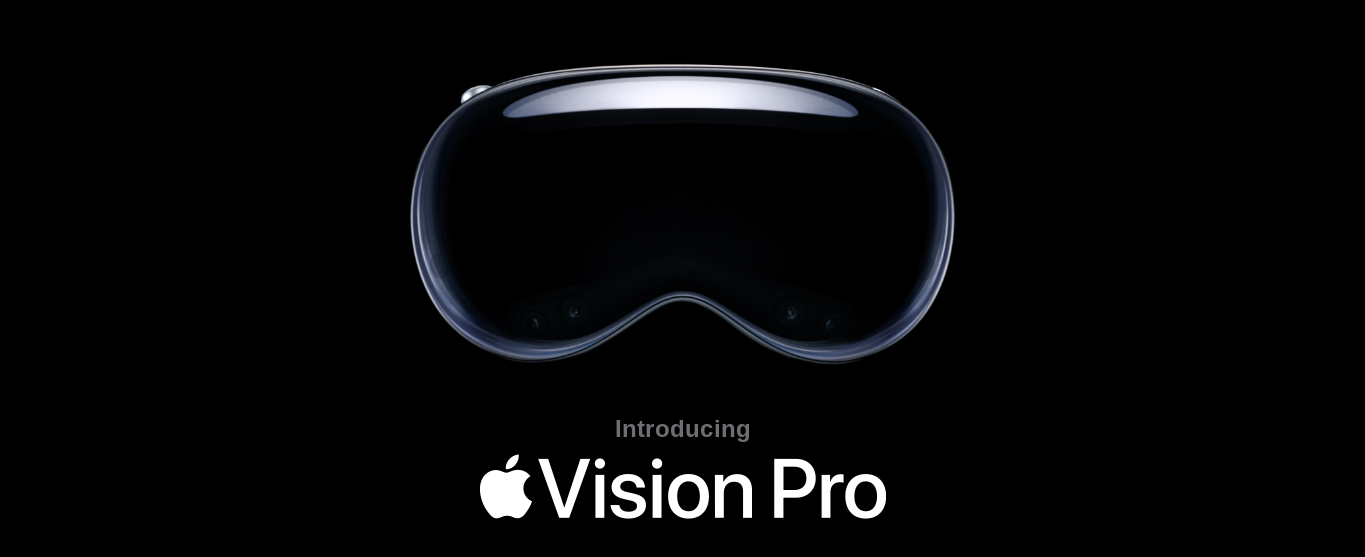The Evolution of UI and the Future of Digital Interactions in Spatial Computing
User interface (UI) design is visual and interactive elements coming together to enable users to communicate with computers and digital devices. UI design has evolved significantly from the early days of command-line and graphical user interfaces to the current era of touchscreens and voice assistants. But what is the next frontier for UI design? How will we interact with digital content in the future?
Given its potential, the best answer is spatial computing, which enables computers to blend in with the physical world naturally and intuitively. Spatial computing takes advantage of augmented reality (AR) and virtual reality (VR) technology, allowing users to interact with digital content in a three-dimensional, immersive environment. Spatial computing is not just a new way of displaying information but a new way of thinking about information.
The evolution of UI

In the 1960s came command-line interfaces, where you had to speak the computer’s language by typing commands. In the 1980s, we got graphical user interfaces with fancy icons and windows, making computers feel like magic.
Then, in the ’90s, the internet burst onto the scene, and everything became web-based. The mid-2000s rolled in, and suddenly, we were swiping and tapping on smartphones and tablets like we were in some sci-fi future.
Today, we’re on the brink of spatial computing. A revolutionary development that can completely change computing and business forever. It’s all about diving into augmented reality (AR) and virtual reality (VR), where you interact with digital stuff in a 3D, immersive world. Say goodbye to your flat screens; this is a new level of tech interaction.
If you think that there’s still some time, you may be shocked to hear about some crazy developments that have taken place in the last couple of years. Some companies have even started to roll out their products embedded with spatial computing UI and similar technologies.
Examples of Spatial Computing Applications

Experts like David Holz, co-founder and CTO of Leap Motion, say this isn’t just another trend. Reading the following examples, you will also feel the same about this tech and its potential. To illustrate how spatial UI design can create immersive and engaging experiences for users, here are some examples of spatial computing applications that are currently available or under development.
Apple Vision Pro:
Out of all the examples we will talk about, Apple Vision Pro is the best product to showcase the extravagance of Spatial UI. It is a spatial computing product combining AR and VR technology to create immersive user experiences.
Google Lens:
Another potential example is Google Lens, which works on overlaying digital information onto the real world and processing information based on that. It may not be a perfect example of how digital interaction in Spatial space will work, but it’s close to its potential for the future and shows that we are not far off.
Magic Leap One:
Magic Leap One is an AR headset that overlaps digital content onto the user’s real-world view and allows the users to interact with the content using hand gestures, eye tracking, voice commands, or a controller.
Meta Quest Pro: Meta Quest Pro is a VR headset that provides users with a high-end VR experience. In idea, it is very similar to Apple’s Vision Pro, but Meta has expressed some aspirational plans for tech in the near future.
Future for spatial computing

We just looked at a few exciting developments taking place in the domain of UI and the possible potential of spatial computing with projects supported by the likes of Apple and Meta. In a few years, how we use computers and UI will change drastically, and the numbers support it.
The Global Spatial Computing Market is moving; back in 2022, it was worth about USD 120.5 Billion. But here’s the twist: it’s predicted to skyrocket and hit a whopping USD 620.2 Billion by 2032. That’s severe growth, with a fancy CAGR of 18.3% from 2022 to 2032. With more and more tech giants showing interest, these numbers will only get better, creating opportunities for all businesses looking to usher into this brand-new philosophy of computation and implementing it.
The Takeaway
Spatial computing technology enables computers to blend in with the physical world naturally and intuitively. Spatial computing has the potential to transform how we interact with digital content and create new possibilities for learning, entertainment, communication, and productivity. Spatial UI design creates visual and interactive elements that enable users to communicate with spatial computing apps.
Spatial UI design is an exciting and challenging field that offers many opportunities for businesses to digest ideas they never got the chance to do because of a lack of technology in the past. If you are keen on exploring revolutionary technologies like spatial computing, virtual reality, and augmented reality and think it can benefit your business, consider adding no-code platforms like PlugXR to your tool stack. Software like this enables beginners and non-techies to build immersive apps with an easy drag-and-drop interface.



















